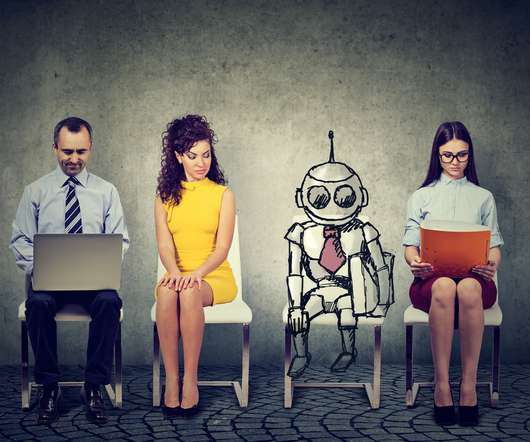The Fight of The Two R’s: Robots v Redundancy
Tom Spencer
NOVEMBER 2, 2019
“Robots could take over twenty-million jobs by 2030” (Taylor, 2019). While robots were predicted and have led to significant productivity gains, there are at the same time a number of drawbacks (Taylor, 2019). Robots could take over 20 million jobs by 2030, study claims. Currently, we live along-side 2.25 2017, May 10).

























Let's personalize your content